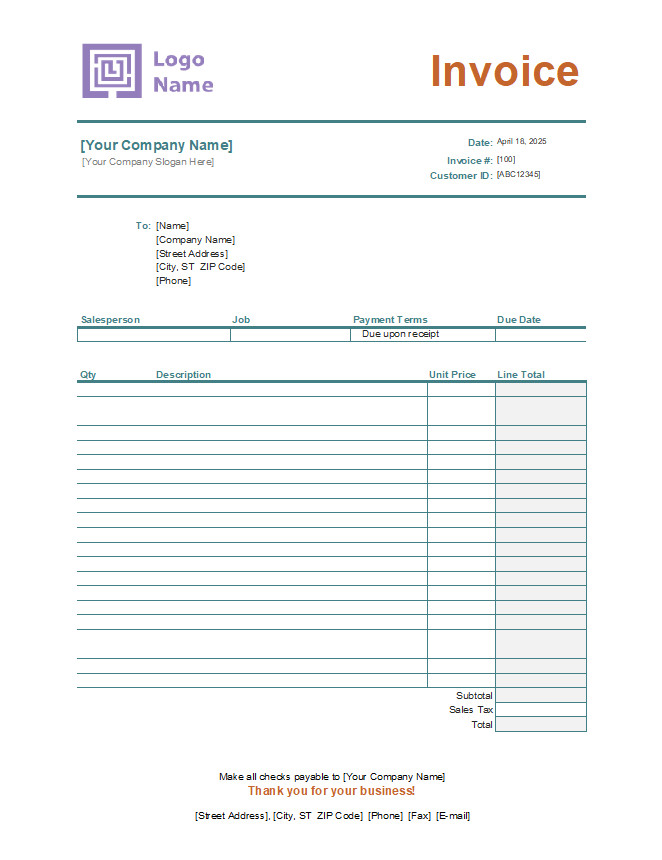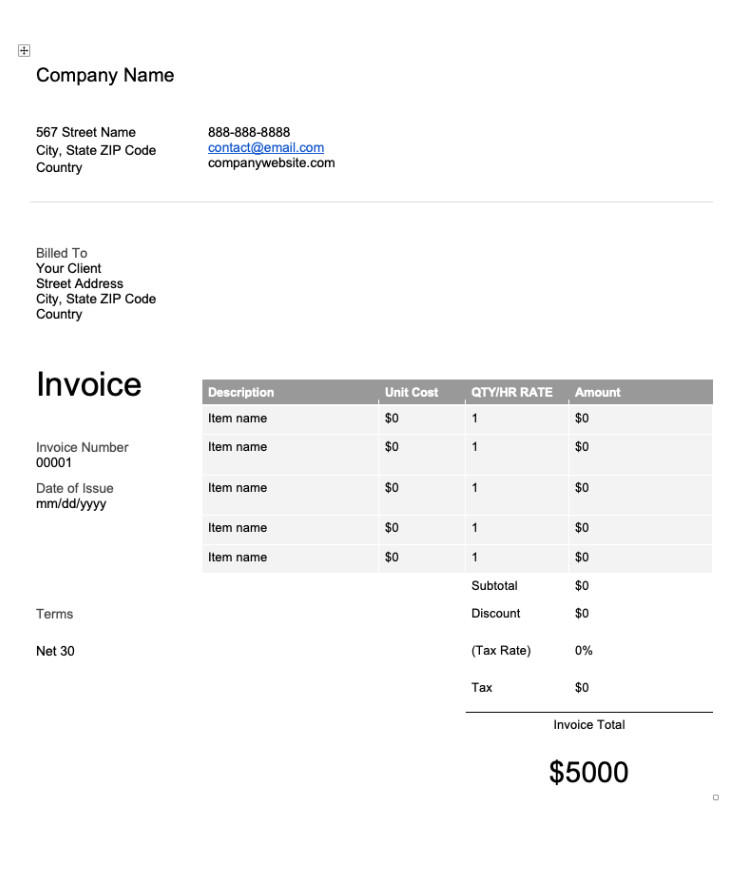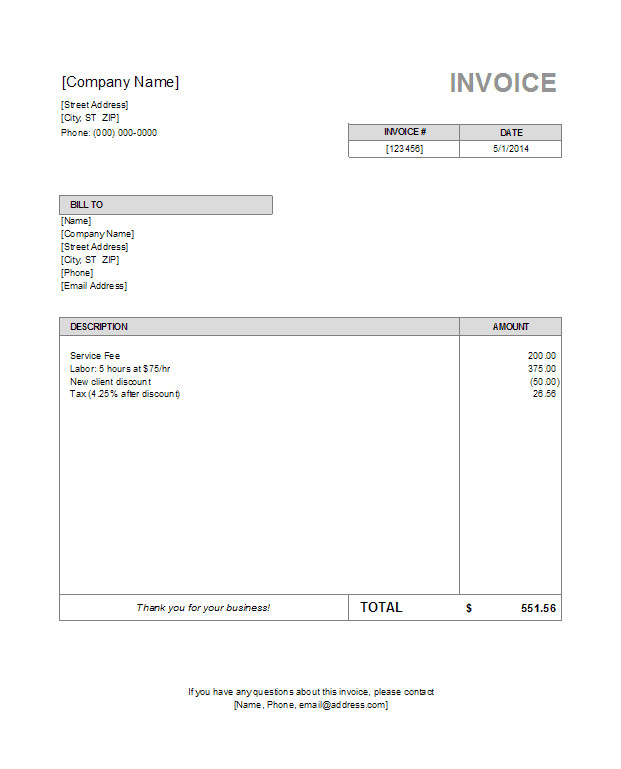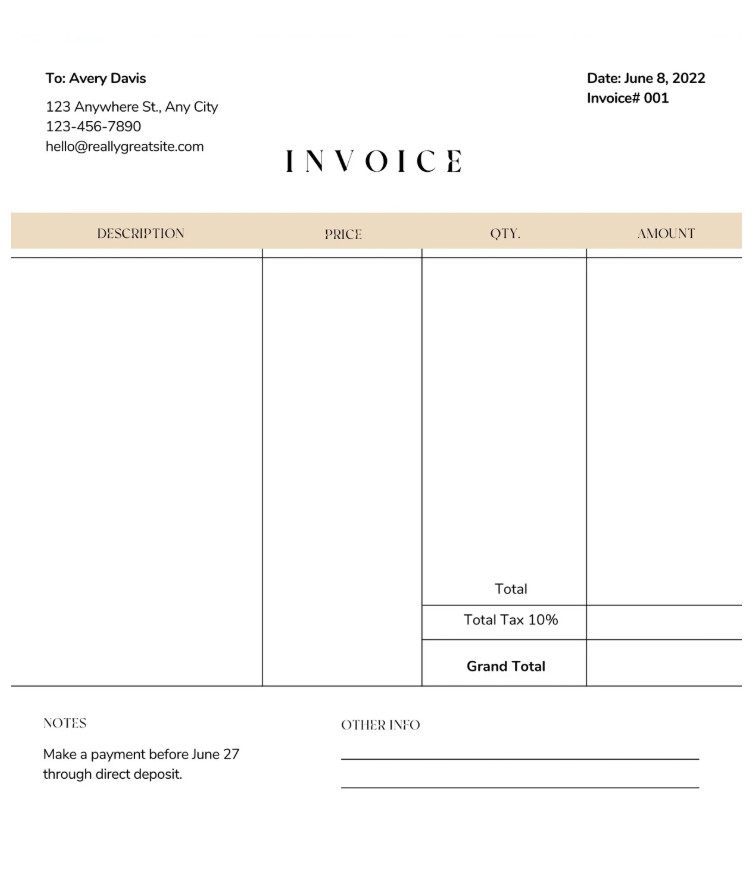A standard invoice is a crucial document used to formalize a transaction between a seller and a buyer. It serves as a request for payment for goods or services provided.
In this article, we will dive deep into what standard invoices are, why they are important, how to create them, and provide examples and tips for successful invoicing.
What is a Standard Invoice?
A standard invoice is a written document that outlines the details of a transaction between a seller and a buyer. It includes the description, quantity, price, and total amount owed for goods or services provided. The invoice serves as a formal request for payment and provides both parties with a record of the transaction.
Standard invoices are typically used by businesses of all sizes and across various industries. They are essential for maintaining accurate financial records, tracking sales, and ensuring timely payment. Additionally, invoices provide the necessary documentation for tax purposes and can be used as evidence in case of disputes or legal issues.

Why are Standard Invoices Important?
Standard invoices play a crucial role in the smooth functioning of business transactions. Here are a few key reasons why they are important:
- Formalizing Transactions: Invoices formalize the agreement between the seller and the buyer, ensuring both parties are aware of the terms and conditions of the transaction.
- Requesting Payment: Invoices serve as a clear and concise request for payment, specifying the amount owed and the due date.
- Record-Keeping: Invoices provide a detailed record of sales, purchases, and payments, making it easier to track and manage finances.
- Tax Compliance: Invoices are essential for accurate tax reporting, as they provide the necessary documentation for calculating sales tax and income tax.
- Dispute Resolution: In case of any disputes or discrepancies, invoices serve as evidence of the agreed-upon terms and can help resolve conflicts.
How to Create a Standard Invoice?
Creating a standard invoice is a straightforward process. Here are the steps to follow:
1. Choose a Template:
Start by selecting a suitable invoice template that fits your business needs. There are numerous free templates available online, or you can create your own using software such as Microsoft Word or Excel.
2. Include Your Business Information:
Clearly state your business name, address, contact details, and logo at the top of the invoice. This information identifies your company and makes it easy for the buyer to reach out if they have any questions or concerns.
3. Add Buyer’s Information:
Include the buyer’s name, address, and contact details below your business information. This ensures that the invoice is specifically addressed to the intended recipient.
4. Provide Invoice Details:
Include a unique invoice number, invoice date, and payment due date. These details help both parties keep track of the transaction and ensure timely payment.
5. Itemize Goods or Services:
List each item or service provided, along with a description, quantity, unit price, and total amount. Be clear and concise to avoid any confusion or disputes.
6. Calculate Subtotals and Total:
Calculate the subtotal for all items or services provided and add any applicable taxes or discounts. Finally, include the total amount owed.
7. Specify Payment Terms:
Clearly state your preferred payment method, such as bank transfer, credit card, or check. Include any additional instructions or terms, such as late payment penalties or early payment discounts.
8. Add Additional Information:
If necessary, include any other relevant information, such as warranty details, return policies, or special instructions for the buyer.
9. Review and Send:
Double-check all the information on the invoice for accuracy and clarity. Once satisfied, save a copy for your records and send the invoice to the buyer via email, mail, or any other agreed-upon method.
Examples of Standard Invoices
Here are a few examples of standard invoices:




Tips for Successful Invoicing
Follow these tips to ensure successful invoicing:
- Be Clear and Concise: Use simple language and provide all necessary details to avoid confusion or misunderstandings.
- Set Clear Payment Terms: Clearly state the payment due date and any applicable penalties or discounts to encourage timely payment.
- Keep Records: Maintain a systematic record-keeping system to track invoices, payments, and outstanding balances.
- Follow Up: If a payment is overdue, notify the buyer and follow up until the payment is received.
- Use Professional Templates: Utilize professional invoice templates to create a polished and branded look for your invoices.
- Automate Invoicing: Consider using invoicing software or tools to streamline the invoicing process and save time.
- Offer Multiple Payment Options: Provide your buyers with various payment methods, such as credit card, PayPal, or bank transfer, to accommodate their preferences.
- Provide Excellent Customer Service: Be responsive and helpful when addressing any buyer inquiries or concerns related to the invoice.
- Regularly Review and Update: Periodically review your invoicing process and make necessary adjustments to improve efficiency and accuracy.
Conclusion
A standard invoice is a vital tool for formalizing transactions and requesting payment for goods or services. By following the steps outlined in this article and implementing the tips for successful invoicing, you can ensure smooth financial transactions and maintain healthy business relationships.
Remember, clear communication, attention to detail, and professionalism are key to effective invoicing.
Standard Invoice Template – Download
- General Release of Liability Form Template - January 6, 2026
- General Bill of Sale Form Template - January 6, 2026
- Gender Reveal Party Invitation Template - January 6, 2026